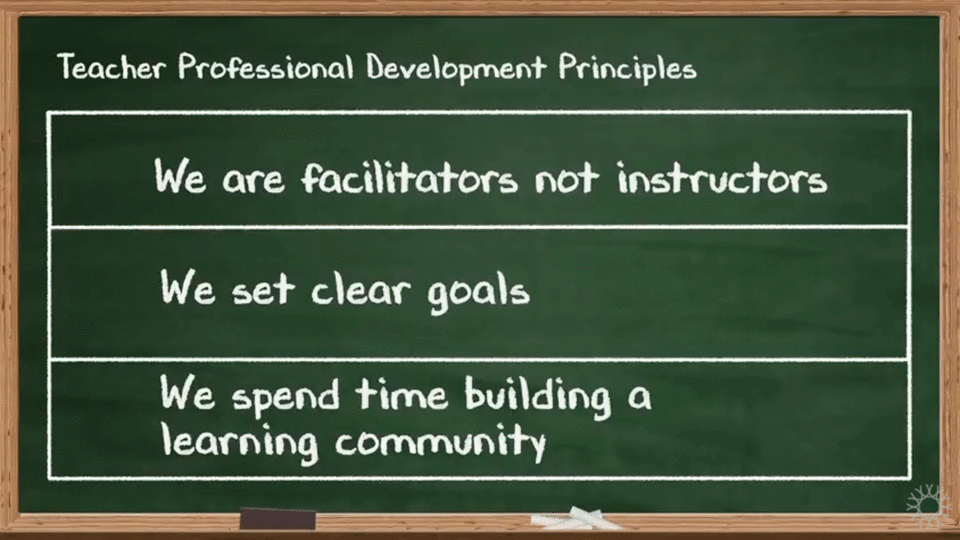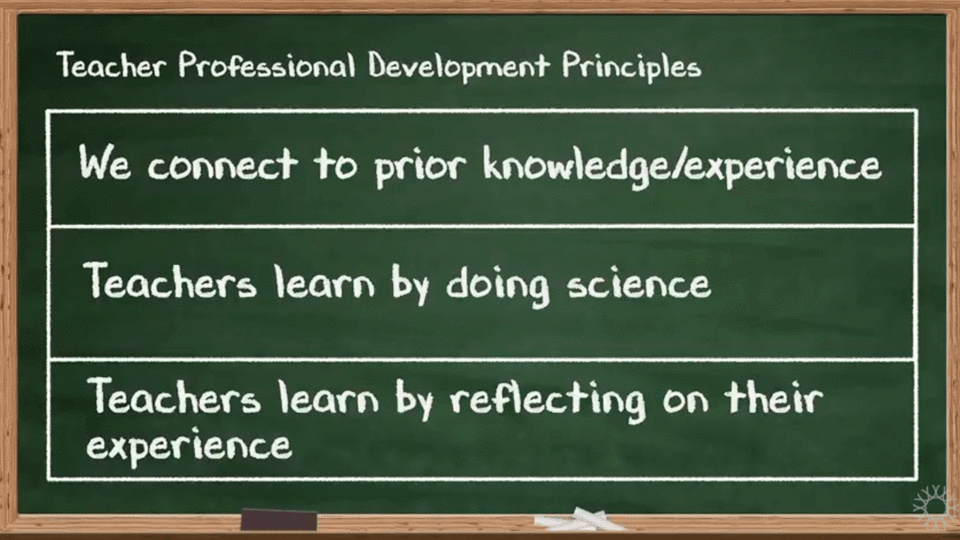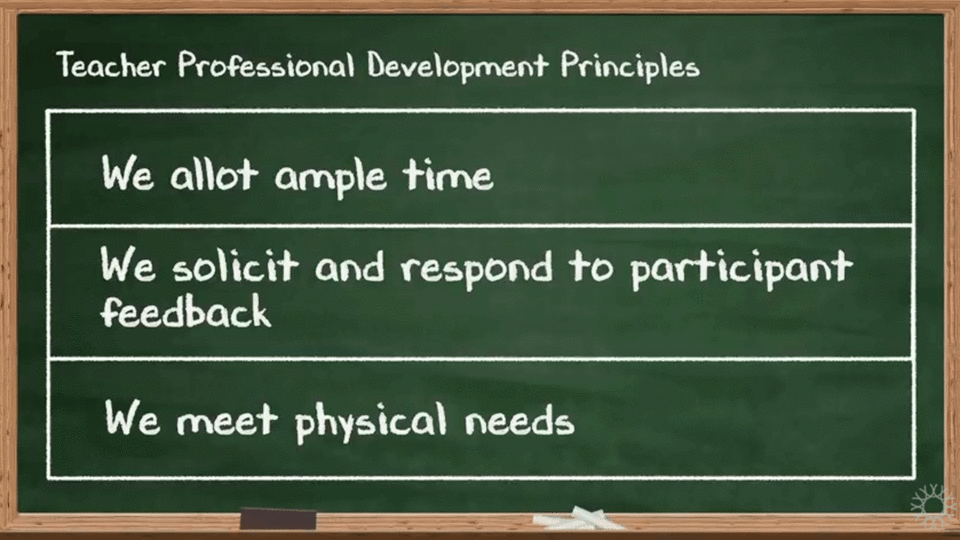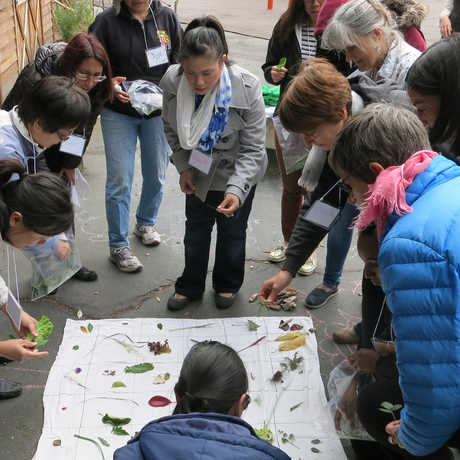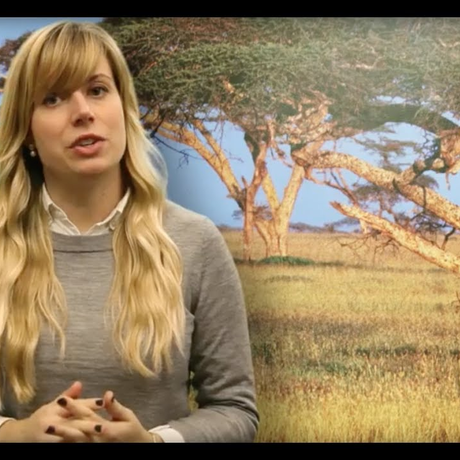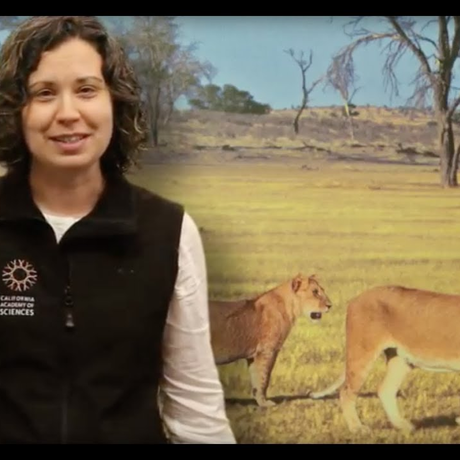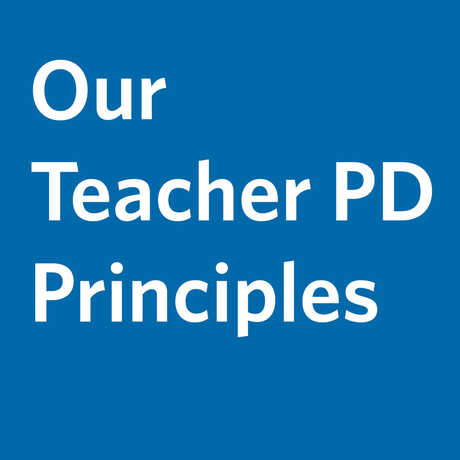Below we describe the principles that guide our work in creating and facilitating effective learning experiences for teachers. Each principle is based not only on our own experience, but also on feedback from the hundreds of teachers our team has supported, and on a solid body of educational research.
Note that we work specifically with science teachers, and that is reflected in some of these principles. However, most of these ideas are true for all adult learners, regardless of their field.
We hope you find these ideas useful in shaping your own perspective on high quality professional development and facilitation.
